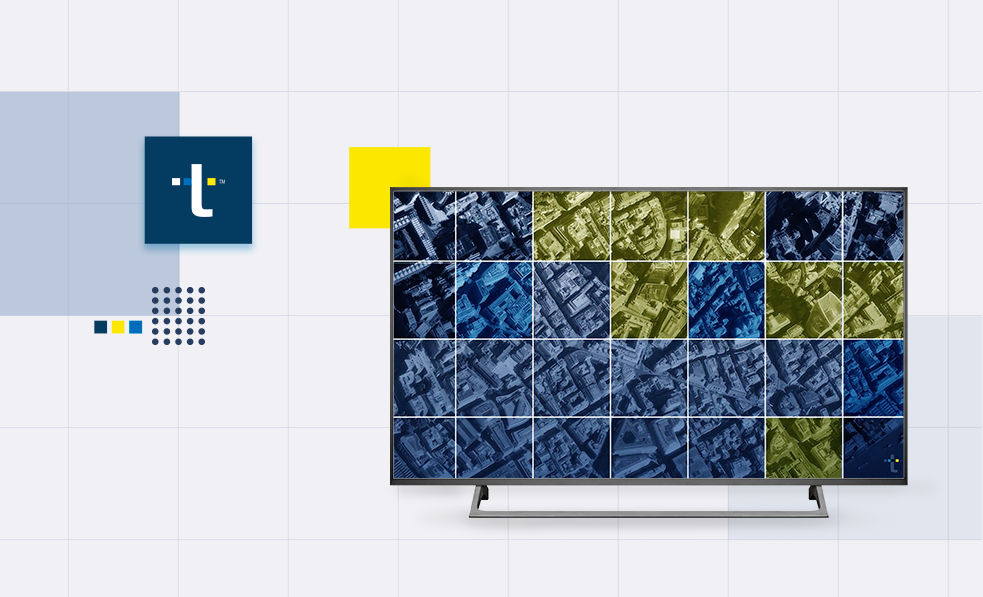2014 was predicted to be the year in which “second screen” would take off in Spain, and that prediction has come true. There are more and more sponsors and content providers that are interested in giving their television shows, series and advertising spots an interactive touch, allowing audiences to get involved with the content, whether it’s editorial or advertising, in a completely new way. The connection between both screens, the TV and the mobile, changes a one-directional experience into a participative means of communication that is highly rewarding for the user.
However, not only is television experiencing a noticeable transformation in the way it uses content. Other media, such as radio, the press or other types of outside advertising also look for new ways of reaching out to the public in unique ways, creating interactive experiences that provide added value to their brands and lengthen the amount of time they are in use. Who wouldn’t want to scan a pair of shoes from any given magazine with their smart phone and find out what colors and sizes they come in, where the nearest stores are that carry them, or even have them delivered to your home with just a tap?
The acknowledgment of printed content, loosely called “Second Screen” due to the absence of a first screen, is one of the most interesting options for editorial groups and advertisers, searching for new formulas to capture their audiences within the digital world. It offers countless possibilities for interacting and discovering what percentage of these users actually respond to active impact.
A common requirement among the majority of content creators is to develop interaction between the different types of media under their brand so as to avoid including third party players. In this way, the user may use the very same brand to interact with content from the radio, television, the internet and print, creating an extremely rewarding 360 degree experience with an added value, while providing the brand with an interactive feature that it previously did not have.
The trend seems clear and industry data makes one think that this is the path to follow. Today, almost 24 million people surf the internet from their smart phones in Spain and we have been listed as the European country with the greatest number of mobile stations, above Germany and the United Kingdom. This panorama, along with the immediate and ubiquitous character of the mobile device, allows a glimpse of the numerous possibilities of merging the mobile environment with people’s day-to-day lives, offering them exclusive content and improving their relationship with brands.

















